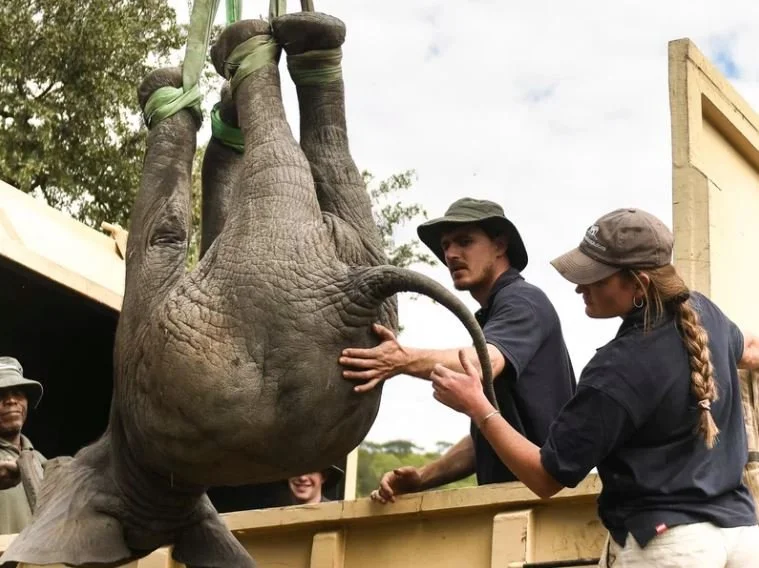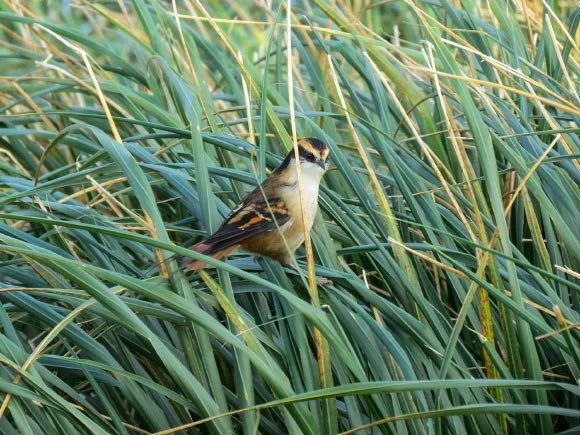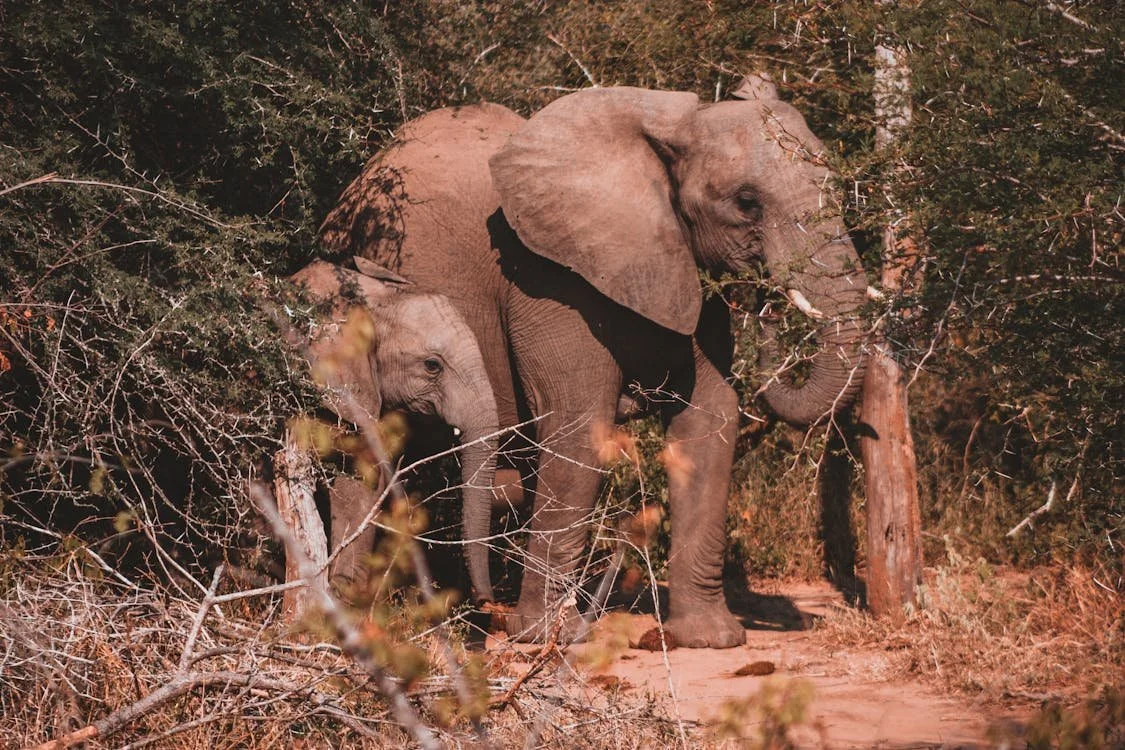Zimbabwe Relocates 2500 Thirsty Beasts
Conservationists in Zimbabwe are attempting to be Noah but without the ark. An effort to move thousands of animals – elephants, impalas, giraffes, buffaloes, wildebeest, zebras, elands, lions, and wild dogs – is underway as severe drought threatens this menagerie.
“Project Rewild Zambezi” aims to move the thirsty creatures from Save Valley Conservancy in the south to the wetter Sapi, Matusadonha, and Chizarira preserves in the north. Tinashe Farawo, spokesman for the Zimbabwe National Parks and Wildlife Management Authority, told the Associated Press that the relocation from the parched south is necessary to prevent “a disaster from happening.” Now that climate change has replaced poaching as the number one threat to wildlife here, it feels as if the disaster is already upon us.
“We are doing this to relieve pressure. For years we have fought poaching and just as we are winning that war, climate change has emerged as the biggest threat to our wildlife,” Farawo said.
All across Africa a hotter, drier climate is a threat to wildlife. Rhinos, giraffes, and antelope are particularly at risk, as below-average rainfall – exacerbated by development and new infrastructure projects – reduces the food supply. A recent study of South Africa's Kruger National Park links extreme weather events like drought to the loss of plants and animals that cannot cope with longer dry spells and hotter temperatures.
Zimbabwe’s massive rescue operation is an impressive feat that will hopefully save thousands of animals from a terrible fate.h But it’s hard to shake the notion that relocation efforts have the feel of rearranging deck chairs on the Titanic.
Donate at the Great Plains Foundation website: greatplainsfoundation.com/donate
Photo credit: Thoko Chikondi / AP







